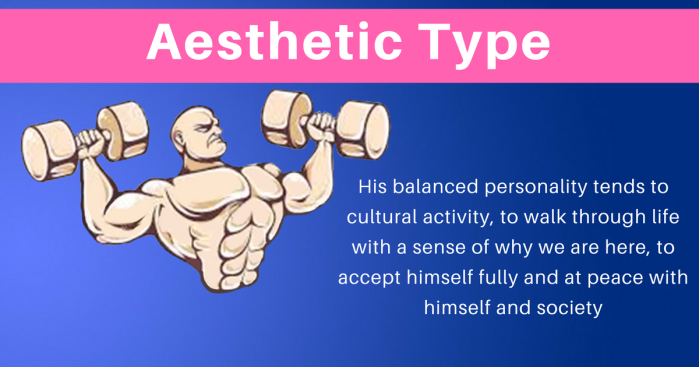Outer space, or simply just space, is the void that exists between celestial bodies, including the Earth.It vacuum containing a low density of particles.there is no firm boundary where space begins.However the Karman line, at an altitude of 100km above sea level conventionally used as the start of outer space in space treaties.
Humans began the physical exploration of space during the 20th century with the advent of high altitude balloon flights, followed by manned rocket launches.The Earth orbit was first achieved by Yuri Gagarin of the Soviet Union in 1961 and unmanned spacecraft have since reached all of the known planets in the solar system.Due to the high cost of getting into space, manned spaceflight has been limited to low Earth orbit and the Moon.In August 2012, Voyager I become the first man-made spacecraft to enter interstellar space.Outer space represents a challenging environment for human exploration because of the dual hazards of vacuum and radiation.

Kalpana Chawla faced this huge challenge and became the first Indian Woman to fly into space.the name Kalpana is Sanskrit for “Idea” or “Imagination”.Kalpana’s father, Banarsi Lal Chawla was then a leading industrialist of Karnal and owned a Tyre factory.Her mother Sanyogita Chawla, a housewife, expected a boy as her last child, when Kalpana was born on 1 July 1961 at Karnal in the State of Haryana in India.The Chawla family were refugees from Pakistan who had settled in Karnal after the partition of India in 1974.
kalpana’s parents had been through great hardships and were in dire straits during Partition but had struggled to pull themselves up and were able to provide good education to Kalpana and her two siblings.She completed her earlier schooling at Tagore Baal Niketan Senior Secondary School, Karnal and her Bachelor of Engineering degree in Aeronautical Engineering at Punjab Engineering College, Chandigarh in 1982.The same year she moved to the United States where she obtained a Master of Science degree in aerospace engineering from the University of Texas, Arlington in 1984.Determined to become an astronaut even in the face of the Challenger disaster, Chawla went on to earn a second Master in 1986 and Ph.D. in aerospace engineering in the year 1988 from the University of Colorado at Boulder.
In 1988 Kalpana began her career working at the NASA Ames Research Centre as Vice President of Overset Methods, Inc. where she did Computational fluid dynamics (CFD) research on Vertical/Short Take-off and Landing concept.All this seemed highly technical for a simple Indian mall town girl.Chawla also held a Certificated Flight Instructor rating for airplanes, gliders and Commercial Pilot Licenses for single and multi-engine airplanes, seaplanes and gliders.
A peep into her personal like tells us that Kalpana married Frenchman Jean-Pierre Harrison, a flying instructor in 1983 and she became a naturalized U.S. citizen in April 1991.Chawla and her husband lived adjacent to Johnson Space Centre in Houston, Texas.Chawla was a strict vegetarian, in observance of her Hindu faith.
On her mission, she carried a white silk banner as part of a worldwide campaign to honor teachers, as well as nearly two dozen CD’s, including ones by Abida Parveen, Yehudi Menuhin, Ravi Shankar, and Deep Purple.She went to her first rock concert, a Deep Purple show, in 2001 with her husband.”Kalpana is not necessarily a rock music aficionado,’ her husband said of a Deep Purple show they had attended together, but(she) nevertheless characterized the show as a ‘spiritual experience.’ She enjoyed bird watching, backpacking, hiking, flying, and reading.Her elder sister Sunita Chaudhary and her sister-in-law, Anjali Chawla too are ardent bird watchers in Delhi.Her brother Sanjay is a businessman.

Kalpana enjoyed flying aerobatics and tail-wheel airplanes.She enjoyed nature in all its glory; she was passionate about music and reading. “Kalpana, or K.C to her friends, was admired personally for her extraordinary kindness and technically for her striving for perfection,” said a friend.”She had a terrific sense of humor and loved flying small airplanes with her husband and loved flying in space.Flying was her passion.Chawla was a motivated person who made an impression on others.Despite her fame, she was truly a down to earth person! She had a great bonding with her classmates from the Tagore school and was highly respectful of her teachers.Even after becoming a famous astronaut, she diligently kept in touch with some of her closest friends to the end of her life.”
Chawla applied fro the NASA Astronaut Corps.She joined the Corps in March 1995 and was selected for her first flight in 1996.She spoke the following words while travelling in the weightlessness of space, “You are just your intelligence.”She had travelled 10.67 million km, as many as 252 times around the Earth.
Her first space mission began on 19 November 1997 as part of the six-astronaut crew that flew the Space Shuttle Columbia flight STS 87.Chawla was the first Indian-born woman and the second Indian person to fly in space, following cosmonaut Rakesh Sharma who flew in 1984 on the Soyuz T-11.On her first mission, Chawla travelled over 10.4 million miles in 252 orbits of the earth, logging more than 372 hours in space.During STS-87, she was responsible for deploying the Spartan Satellite which malfunctioned, necessitating a spacewalk by Winston Scott and Takao Doi to capture Chawla by identifying errors in software interface and the defined procedures of flight crew and ground control.After the completion of STS-87 post-flight activities, Chawla was assigned to technical positions in the astronaut office to work on the space station; her performance was recognized with a special award from her peers.
In the year 2000, she was selected for her second flight as part of the crew os STS-107.This mission was repeatedly delayed due to scheduling conflicts and technical problems such as the July 2002 discovery of cracks in the shuttle engine flow liners.On 16 January 2003, Chawla finally returned to space abroad Columbia on the ill-fated STS-107 mission, Chawla’s responsibilities included the microgravity experiment, for which the crew conducted nearly 80 experiments studying earth and space science, advanced technology development, and astronaut health and safety.She first flew on Space Shuttle Columbia in 1997 as a mission specialist and primary robotic arm operator.
On 1st February 2003, Chawla was one of the seven crew members killed in the Space Shuttle Columbia disaster.The Space Shuttle disintegrated over Texas during re-entry into the Earth’s atmosphere, with the loss of all seven crew members, shortly before it was scheduled to conclude its 28th mission, STS-107.Kalpana Chawla was posthumously awarded: Congressional Space Medal of Honor, NASA Space Flight Medal, and NASA Distinguished Service Medal.
Today India has dedicated many memories and places of importance which has been named after Kalpana Chawla, a wonder woman.
This excerpt is taken from the Book “Wonder Women of India” by Jeanette Pinto.Order Now.!


































